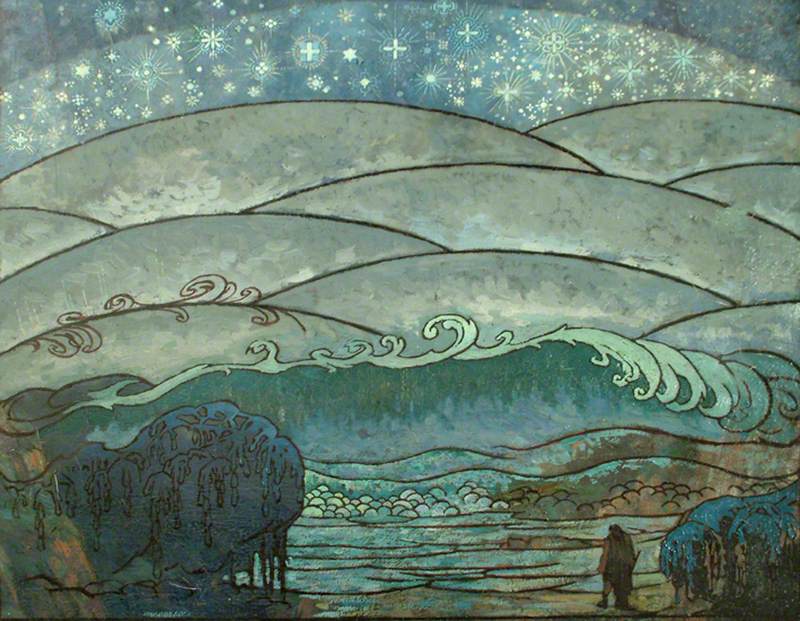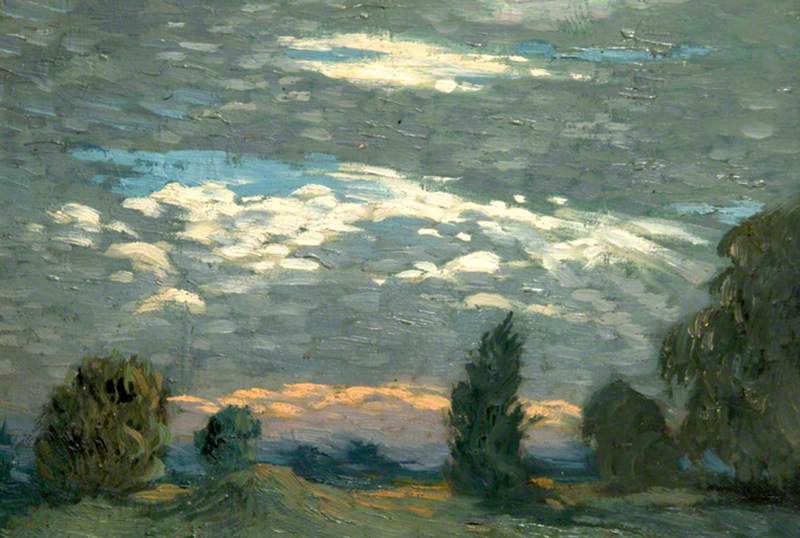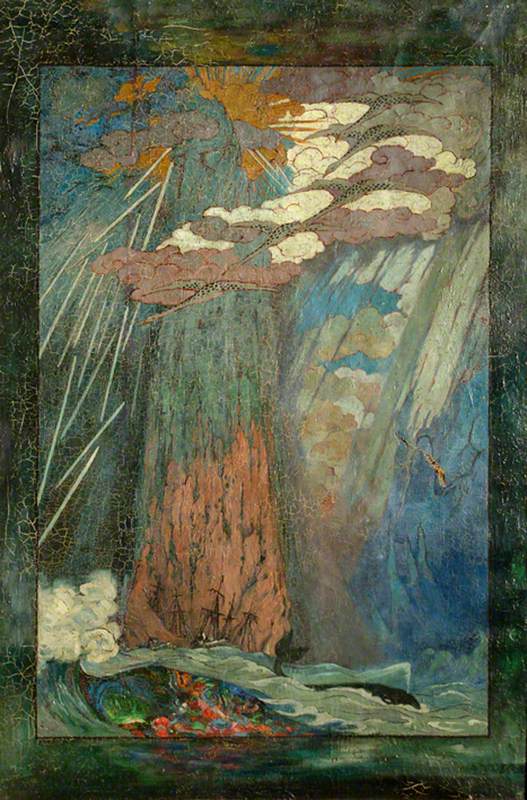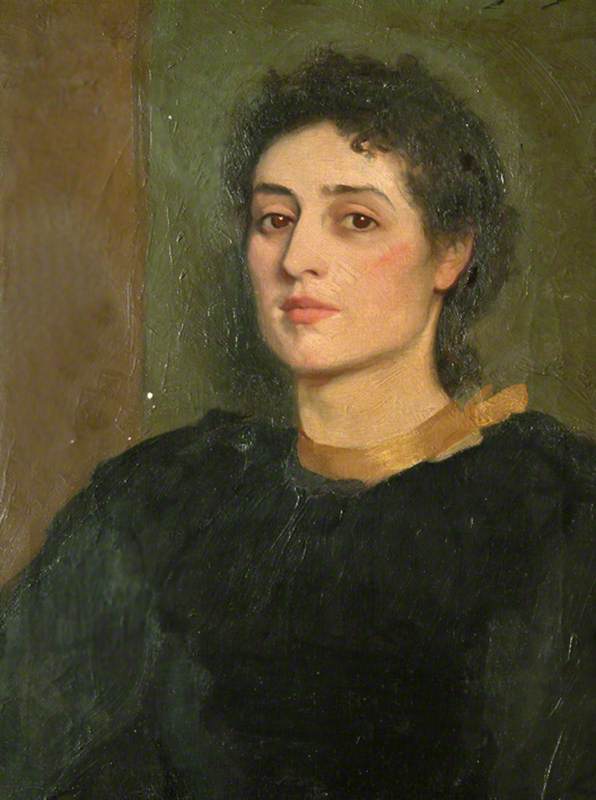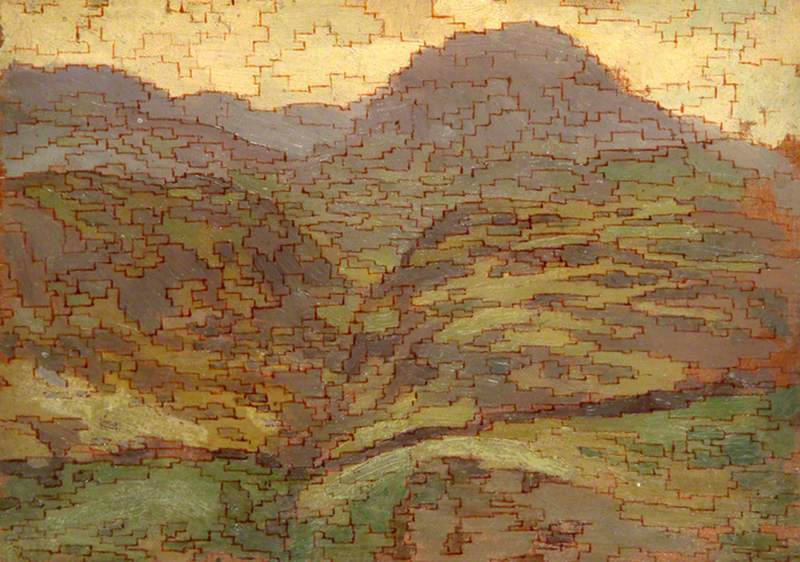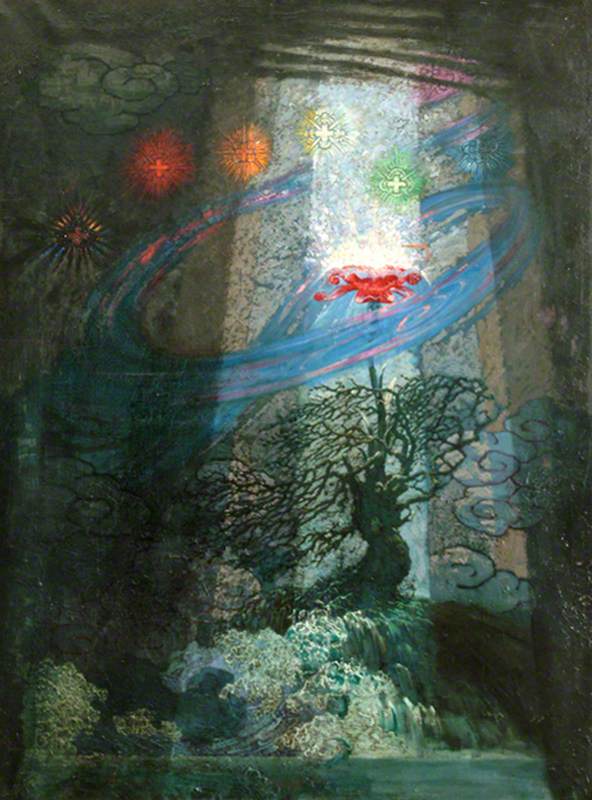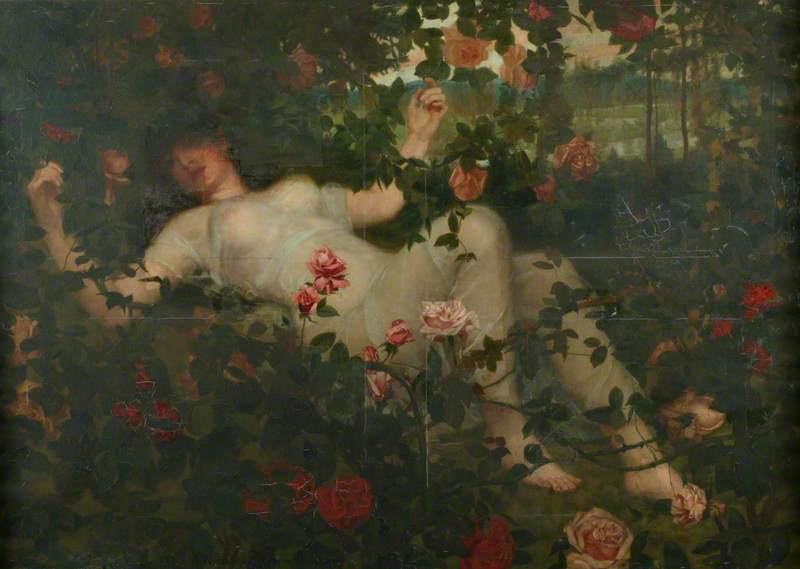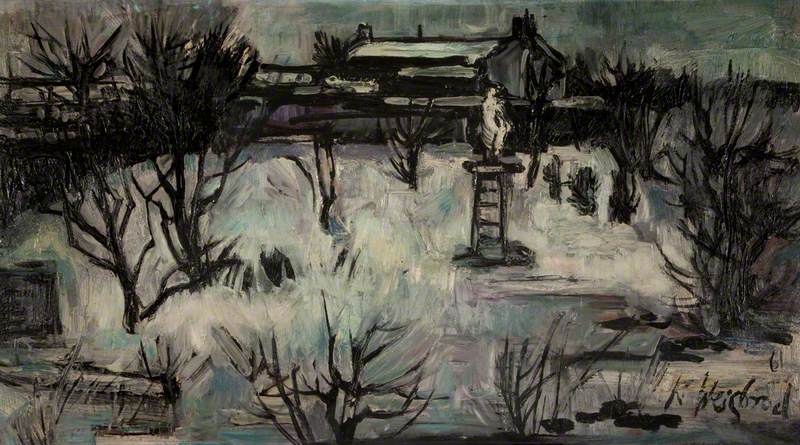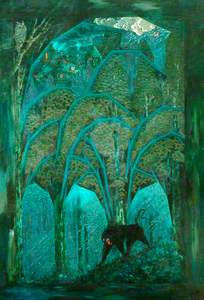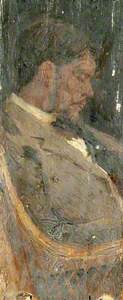'Sidney Sime is probably the greatest imaginative English artist since Blake.' Hannen Swaffer, The Graphic, 1922
Sime was also compared to Goya and Beardsley, he had an 'inherent bent towards mystery' and looked every inch the author of his drawings as an irresistible humourist, thinker and inventive artist, as well as a brilliant black and white illustrator.
Art UK has recorded all of his oil paintings that are in his Gallery at Worplesdon Memorial Hall, near Guildford. It was purpose built and stores nearly 800 paintings, illustrations, and memorabilia, all of which were bequeathed by Sime's widow, Mary, following her death in 1949.
His reputation has languished for many years and his talent been neglected. However, his own self-doubt, arrogance, individuality, and later laziness, contributed to this slide into anonymity.
His abhorrence of Exhibitions ('that last infirmity of senile kind') and the effect of the First World War when artists tended to combine, join movements and become serious and socially conscious left Sime somewhat isolated, unlike others such as Arthur Rackham.
However, books such as Tolkien's The Lord of the Rings are now in vogue, resulting in a revival of interest in Sime's works. Recent visitors to the Gallery have come from as far as the USA, Canada and Australia.
Sime was born in Manchester but the family soon moved to Liverpool. As a young lad, he was sent to work in the Lancashire coal mines as a pit boy, pushing 'scoops' of coal through tunnels around 28 inches high. Imagine the folklore stories the older miners told which fired the imagination in someone so young! He would scratch drawings of elves and goblins, imps and devils onto the walls. Eventually though, his artistic talent was recognised and he joined the Liverpool School of Art where he excelled, gaining several prizes and medals, also exhibiting at the Walker Gallery in 1889.
He later moved to London to earn a living as a magazine and book illustrator; the former he excelled at during the late nineteenth century. It was for his ability for story and theatrical illustrations in black and white in Pall Mall Magazine, London Illustrated News, The Graphic, Tatler, Strand, Pick Me Up and The Idler (which he later edited) that he became known for in London clubs. There he mixed with artists, musicians, writers and poets, often drawing caricatures of fellow members such as Max Beerbohm and Joseph Holbrooke. Many of them can be viewed in the Gallery along with his fascinating original sketchbooks.
Yet he had always wanted to be a painter and gained membership of the Royal Society of British Artists in 1896. Other works on display in the Gallery reflect his interest in magical Eastern landscapes, Japanese-style oils of waves, mosaics, as well as a beautiful portrait of his wife Mary.
Following his marriage in 1898, he moved to Scotland where he painted numerous landscapes but, missing the stimulus of the London scene, he moved to Worplesdon in 1904 converting a stable into a rustic studio where he would mix his own paints with the loving care of an Old Master.
It was the influence of two aristocratic Patrons, Lord Dunsany of County Meath, Northern Ireland, and Lord Howard de Walden, who not only were very wealthy but shared Sime's fascination for fantasy and became not only lifelong friends and admirers but helped to develop his genius. Dunsany delighted in reading Hans Christian Anderson and as a writer and poet found in Sime not only a kindred spirit, but someone whose imaginative illustration style suited his writing. He illustrated many books for Dunsany and along with Frederick Caley Robinson, was responsible for the set designs of Maeterlinck's play The Bluebird, which Lord Howard commissioned in 1910.
Invalided out of the First World War, Sime became obsessed with the Vision of Saint John the Divine and painted his own visions of the Apocalypse. Of an evening he would sit in the village pub drawing local caricatures. Persuaded by his two patrons, he agreed to mounting two exhibitions at St George's Gallery, London, in 1924 and 1927, but gradually he became more and more reclusive until his death in 1941. 'I feel now the world has lost a unique character, a loss quite irreplaceable,' wrote Dunsany.
This 'little gem' of a gallery, though little known, is well worth a visit.
Mary Broughton, Trustee of the Sidney H. Sime Art Gallery
